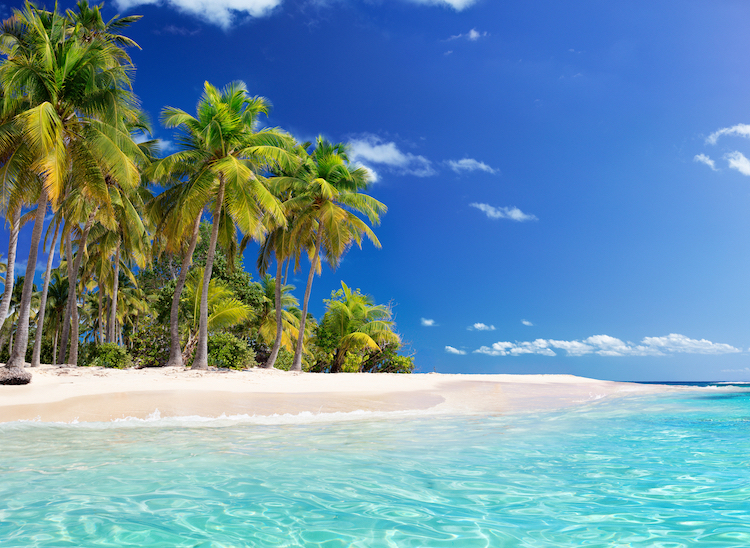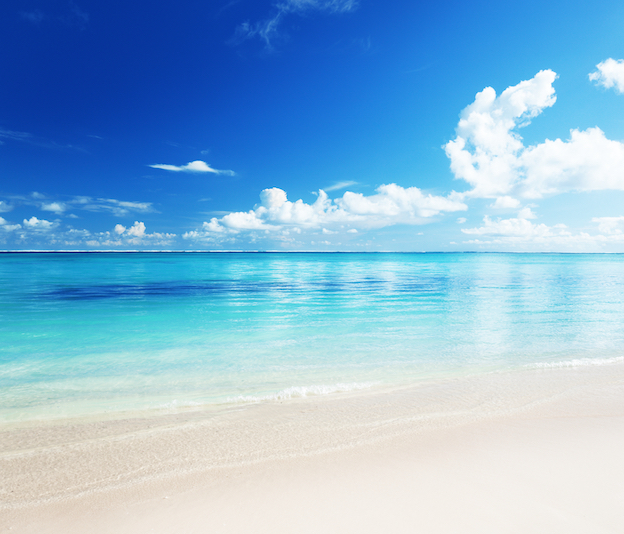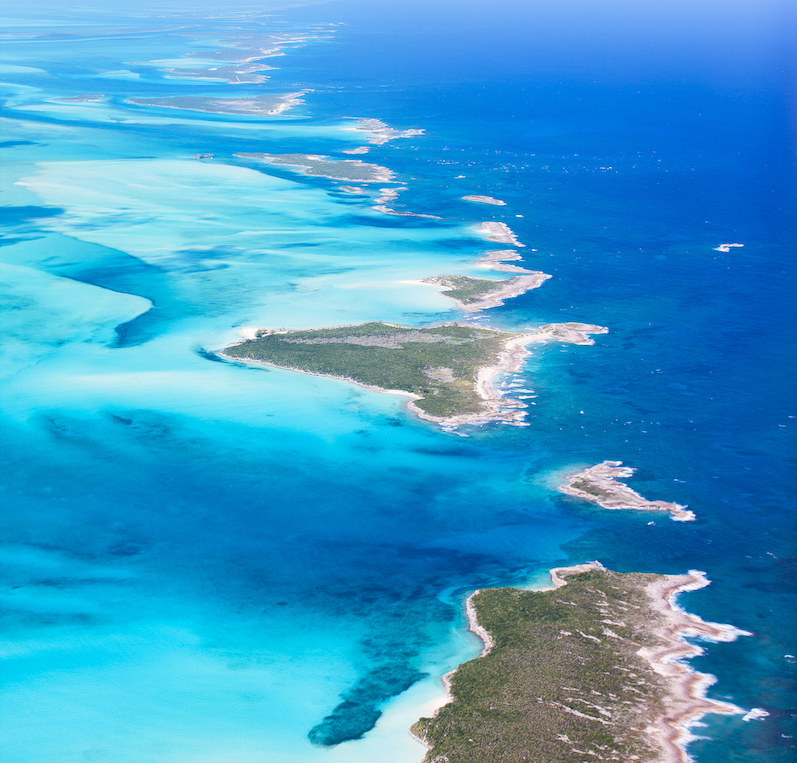The geography and climate in the Caribbean region varies: Some islands in the region have relatively flat terrain of non-volcanic origin. These islands include Aruba (possessing only minor volcanic features), Barbados, Bonaire, the Cayman Islands, Saint Croix, The Bahamas, and Antigua. Others possess rugged towering mountain-ranges like the islands of Cuba, Hispaniola, Puerto Rico, Jamaica, Dominica, Montserrat, Saba, Saint Kitts, Saint Lucia, Saint Thomas, Saint John, Tortola, Grenada, Saint Vincent, Guadeloupe, Martinique, and Trinidad & Tobago.
Definitions of the terms Greater Antilles and Lesser Antilles often vary. The Virgin Islands as part of the Puerto Rican bank are sometimes included with the Greater Antilles. The term Lesser Antilles is often used to define an island arc that includes Grenada but excludes Trinidad and Tobago and the Leeward Antilles.
The climate of the area is tropical but rainfall varies with elevation, size, and water currents (cool upwellings keep the ABC islands arid). Warm, moist tradewinds blow consistently from the east creating rainforest/semidesert divisions on mountainous islands. Occasional northwesterlies affect the northern islands in the winter. The region enjoys year-round sunshine, divided into ‘dry’ and ‘wet’ seasons, with the last six months of the year being wetter than the first half.
The waters of the Caribbean Sea host large, migratory schools of fish, turtles, and coral reef formations. The Puerto Rico trench, located on the fringe of the Atlantic Ocean and Caribbean Sea just to the north of the island of Puerto Rico, is the deepest point in all of the Atlantic Ocean.
Hurricanes that sometimes batter the region usually strike northwards of Grenada and to the west of Barbados. The principal hurricane belt arcs to northwest of the island of Barbados in the Eastern Caribbean. The region sits in the line of several major shipping routes with the Panama Canal connecting the western Caribbean Sea with the Pacific Ocean.
Situated largely on the Caribbean Plate, the region comprises more than 700 islands, islets, reefs, and cays. These islands generally form island arcs that delineate the eastern and northern edges of the Caribbean Sea. The Caribbean islands, consisting of the Greater Antilles on the north and the Lesser Antilles on the south and east (including the Leeward Antilles), are part of the somewhat larger West Indies grouping, which also includes the Lucayan Archipelago (comprising the Bahamas and Turks and Caicos Islands) north of the Greater Antilles and Caribbean Sea. In a wider sense, the mainland countries of Belize and Guyana – historically and culturally part of the British West Indies – may be included.
Geopolitically, the Caribbean islands are usually regarded as a subregion of North America and are organized into 30 territories including sovereign states, overseas departments, and dependencies. From January 3, 1958, to May 31, 1962, there was a short-lived country called the Federation of the West Indies composed of ten English-speaking Caribbean territories, all of which were then UK dependencies. The West Indies cricket team continues to represent those nations.



